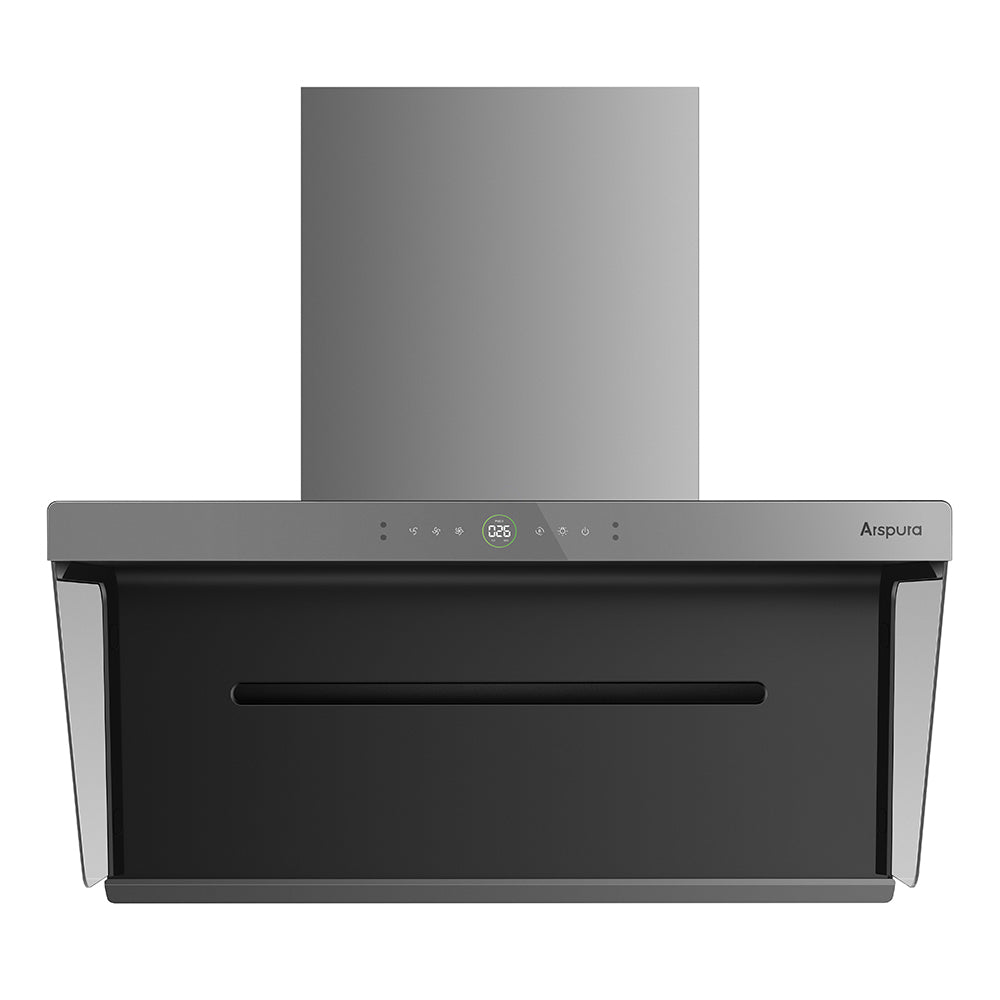Transform Your Cooking Experience: Discover the Secrets of Kitchen Stove Ventilation!
When it comes to cooking, the kitchen is the heart of the home. However, without proper kitchen stove ventilation, that heart can quickly become overwhelmed with smoke, odors, and excess humidity. Imagine preparing a delightful stir-fry only to find your kitchen engulfed in a cloud of smoke and the scent of food lingering long after you've finished cooking. This is where ventilation systems come into play. Understanding kitchen stove ventilation is crucial not just for creating a pleasant cooking environment, but also for maintaining health and safety within your home. Good ventilation helps remove harmful airborne particles, reduces the risk of fire hazards, and makes your culinary experiences enjoyable. In this article, we will delve into the essentials of kitchen stove ventilation systems, their importance, and how to choose the right one for your needs.

Understanding Kitchen Stove Ventilation
Kitchen stove ventilation refers to the systems designed to remove smoke, heat, moisture, and odors produced during cooking. The primary function of these systems is to ensure that the air in your kitchen remains clean and comfortable. There are several types of kitchen ventilation systems available, each with its own unique features. Range hoods are perhaps the most common; they are installed above the stove and can either vent air outside or recirculate it back into the kitchen after filtering. Downdraft systems, on the other hand, pull air down through vents located in the cooktop itself, which can be an excellent option for kitchens with limited overhead space. Lastly, recirculating hoods filter the air and send it back into the kitchen, making them ideal for apartments or homes where external venting isn't feasible. Understanding these options can help you choose the right system that meets your culinary needs.
The Importance of Proper Ventilation
Effective kitchen stove ventilation is essential for several reasons. Firstly, it significantly improves indoor air quality by removing pollutants and allergens that can arise from cooking. This is particularly relevant for those with sensitivities or respiratory conditions. Secondly, proper ventilation helps to mitigate cooking odors that can linger in your home long after the meal is prepared. Nobody wants their house smelling like last night's garlic shrimp! Moreover, adequate ventilation prevents moisture accumulation, which can lead to mold growth and structural damage over time. A friend of mine once faced this issue when their kitchen had insufficient ventilation; they ended up dealing with mold in their cabinets, which led to costly repairs. Lastly, a well-ventilated kitchen enhances the overall cooking experience, making it more enjoyable and less hazardous. When you can breathe easy and enjoy the aromas of your culinary creations without being overwhelmed, cooking becomes a pleasure rather than a chore.
Choosing the Right Ventilation System
Selecting the right kitchen stove ventilation system involves considering several factors. Start by assessing the size of your kitchen; larger spaces may require more powerful systems to effectively manage airflow. Think about your cooking habits as well; if you frequently cook with high heat or prepare dishes that generate a lot of smoke, investing in a robust range hood may be necessary. Additionally, budget plays a crucial role in your decision. High-quality systems can vary greatly in price, so it’s important to balance your needs with what you can afford. Installation is another key aspect; some systems may require professional installation, while others can be DIY-friendly. Regular maintenance, such as cleaning filters and ensuring proper function, is vital for optimal performance. Taking these factors into account will help you make an informed choice that suits your kitchen and cooking style.
Common Myths About Kitchen Ventilation
Despite the clear benefits of kitchen stove ventilation, several myths persist that may deter homeowners from investing in these systems. One common misconception is that all ventilation systems are noisy, leading many to avoid them altogether. In reality, modern designs have made significant strides in noise reduction, with many systems operating quietly while still being effective. Another myth is that kitchen ventilation is unnecessary in modern kitchens, as they are designed to be more airtight. However, this is precisely why proper ventilation is even more critical; without it, the build-up of heat, moisture, and odors can create an uncomfortable environment. Additionally, some believe that ventilation is only needed for professional-grade cooking; however, every kitchen, regardless of cooking frequency, benefits from good ventilation. Debunking these myths can empower homeowners to make informed decisions about their kitchen environments.
Maximizing Your Kitchen's Air Quality
In conclusion, understanding kitchen stove ventilation is essential for enhancing your cooking experience and maintaining a healthy home environment. From improved air quality to the prevention of moisture-related issues, the benefits of effective ventilation are undeniable. Choosing the right system involves considering factors such as kitchen size, cooking habits, and budget, ensuring that the selected solution meets your specific needs. By dispelling common myths surrounding kitchen ventilation, homeowners can appreciate its importance and invest accordingly. Ultimately, a suitable kitchen stove ventilation system is not just an appliance; it’s a vital component of a functional and enjoyable kitchen.






تعليقات